Alternatives to Sheetrock in Basement: Top 11 Picks
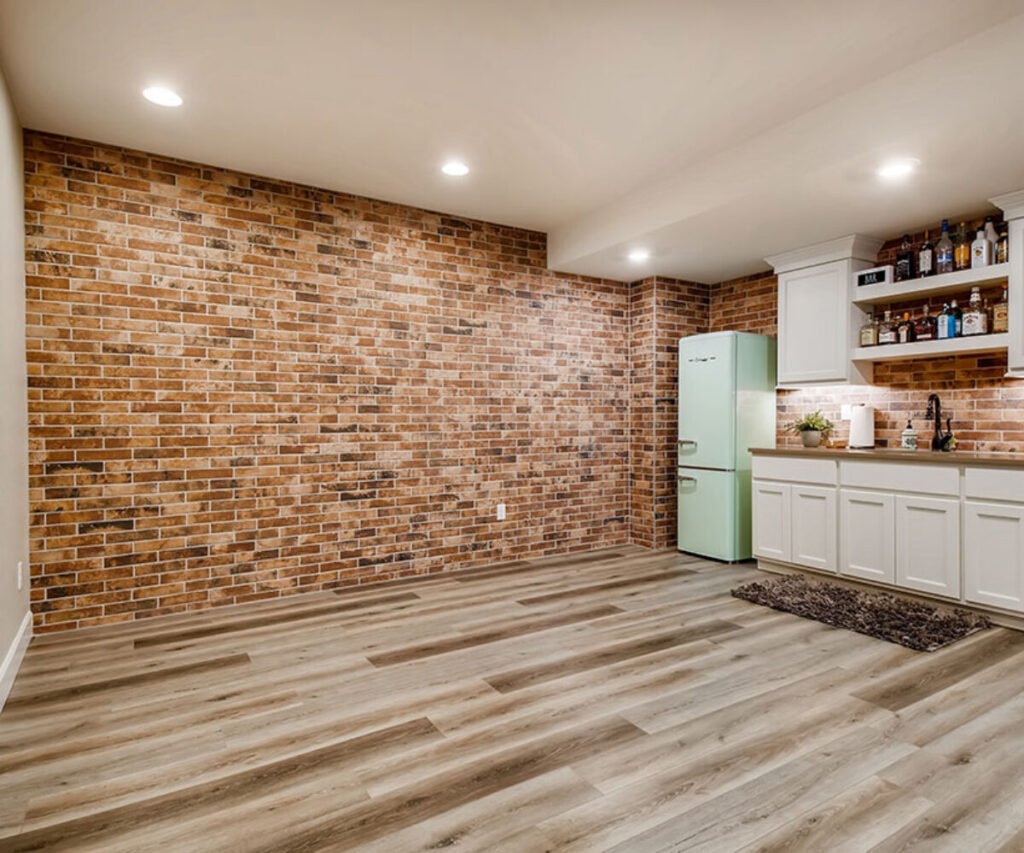
When it comes to finishing a basement, homeowners often default to Sheetrock due to its widespread use and familiarity. However, the basement environment—with its potential for moisture and mold—calls for more resilient and innovative solutions. Exploring alternatives to sheetrock in basement settings not only opens up a world of aesthetic possibilities but also addresses the unique challenges basements often present. This comprehensive guide delves into the top 11 picks for alternatives to sheetrock in basement renovations, each offering its own set of benefits and distinctive appeal.
- Plywood Sheet: A Versatile Choice
- Brick Veneer: Adding Warmth and Texture
- Exposed Brick or Concrete: Industrial Chic
- Faux Brick: Easy and Effective
- Cement Board: Durable and Moisture-Resistant
- Lath and Plaster: Traditional Appeal
- Veneer Plaster: Smooth and Sleek
- Curtains or Fabric: Soft and Flexible
- Pegboard: Functional and Creative
- Wood Panel: Timeless Elegance
- PVC Panel System: Modern and Waterproof
Plywood Sheet: A Versatile Choice
Plywood is a sturdy and versatile option for those seeking alternatives to sheetrock in basement projects. Its ability to withstand moisture better than traditional drywall makes it a suitable choice for the basement environment. Plywood sheets can be painted, stained, or left in their natural state, allowing for a range of aesthetic finishes. Installation is straightforward, and the material offers a warmth and texture that can make a basement feel more inviting. Additionally, its durability means it can withstand the wear and tear of a high-traffic area, making it an excellent choice for family rooms or home gyms.
Brick Veneer: Adding Warmth and Texture
For those looking to add character and warmth to their basement, brick veneer stands out as a compelling alternative to sheetrock in basement renovations. Unlike full brick walls, brick veneer is a thin layer of brick that is applied to the interior walls, offering the aesthetic of real brick without the structural demands. This option provides a rustic or industrial look, depending on the style of brick chosen. It's also relatively easy to install and can serve as a unique feature wall or encompass the entire basement for a cohesive look.
Exposed Brick or Concrete: Industrial Chic
Embracing the raw, unfinished look of exposed brick or concrete is a trend that lends itself well to alternatives to sheetrock in basement designs. This approach is particularly effective in older homes where the exposed brick or concrete can be treated and sealed to create a chic, industrial aesthetic. Not only does this eliminate the need for additional wall materials, but it also highlights the building's original architecture. For a modern twist, consider painting the brick or concrete in a neutral tone to maintain the texture while brightening the space.
Faux Brick: Easy and Effective
Faux brick panels offer the look of real brick without the weight, cost, and installation complexity, making them an attractive alternative to sheetrock in basement settings. These panels are made from high-density polyurethane, lightweight, and easy to cut and install. They come in various styles and colors, allowing homeowners to achieve everything from a traditional red brick look to a more modern, whitewashed effect. Faux brick is an excellent choice for creating a feature wall or adding interest to the entire basement without the commitment of real brick.
Cement Board: Durable and Moisture-Resistant
Cement board is a highly durable and moisture-resistant material, making it one of the more practical alternatives to sheetrock in basement renovations. Often used as a backing material for tile in bathrooms, cement board can also serve as a standalone wall covering in basements. Its resistance to mold and mildew is a significant advantage in damp basement environments. While the installation process is more labor-intensive than some other options, the longevity and resilience of cement board make it a worthwhile investment for those looking to mitigate moisture issues.
Lath and Plaster: Traditional Appeal
Lath and plaster is a time-honored technique that offers a classic and traditional look, presenting a charming alternative to sheetrock in basement finishes. This method involves applying several layers of plaster over a lattice of wooden strips (lath), creating walls with a smooth or textured finish. While more labor-intensive and costly than modern materials, lath and plaster provide excellent soundproofing and a level of craftsmanship that can add significant character and value to a home. It's an ideal choice for historic homes or those seeking an authentic period look.
Veneer Plaster: Smooth and Sleek
Veneer plaster systems offer a smooth, sleek finish that can be a sophisticated alternative to sheetrock in basement walls. This method involves applying a thin layer of plaster over a gypsum panel base, resulting in a hard, durable surface that is less susceptible to dings and scratches than drywall. Veneer plaster provides the look and feel of traditional plaster with a fraction of the installation time. It's an excellent option for homeowners looking for a high-end finish without the extensive labor and cost associated with traditional plaster methods.
Curtains or Fabric: Soft and Flexible
For a soft, flexible approach to basement walls, curtains or fabric panels can serve as an innovative alternative to sheetrock in basement spaces. This option allows for easy installation and the flexibility to change colors and patterns as desired. Fabric can be used to create a cozy, inviting atmosphere or to add vibrant color and texture to the space. It's also an effective way to conceal storage areas or utility rooms without permanent construction. While not suitable for every wall, fabric panels can be a creative and cost-effective solution for specific areas of the basement.
Pegboard: Functional and Creative
Pegboard is a functional and creative alternative to sheetrock in basement walls, particularly for workspaces or craft areas. It provides the unique advantage of built-in storage and organization, allowing for tools, craft supplies, and other items to be hung neatly on the wall. Pegboard can be painted to match the room's decor, making it a versatile and practical option for basements that serve multiple purposes. Its ease of installation and affordability also make it an attractive choice for DIY enthusiasts.
Wood Panel: Timeless Elegance
Wood paneling is a timeless option that brings warmth and elegance to any space, making it a popular alternative to sheetrock in basement renovations. Whether opting for traditional wainscoting, shiplap, or modern wood slats, wood paneling can be customized to fit a variety of design aesthetics. It's particularly well-suited for creating a cozy den, home office, or rustic retreat. While wood paneling can be more expensive than some other options, its durability and classic appeal make it a worthwhile investment for many homeowners.
PVC Panel System: Modern and Waterproof
For a modern, waterproof solution, PVC panel systems stand out as an innovative alternative to sheetrock in basement walls. These panels are made from durable, moisture-resistant PVC, making them ideal for basements prone to dampness or flooding. They come in a variety of designs, from sleek, contemporary panels to those mimicking traditional wood or tile. Installation is typically straightforward, with panels that easily click into place. PVC panel systems offer a low-maintenance, long-lasting solution for those looking to upgrade their basement with style and practicality in mind.
When renovating a basement, the traditional choice of Sheetrock is far from the only option. Exploring alternatives to sheetrock in basement projects can lead to more durable, aesthetically pleasing, and moisture-resistant solutions. Whether you're drawn to the warmth of wood paneling, the industrial edge of exposed concrete, or the modern appeal of PVC panels, there's an alternative out there to suit every style and need. By considering one of these top 11 picks, homeowners can create a basement space that is not only functional and resilient but also a true reflection of their personal style.

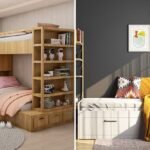
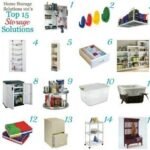
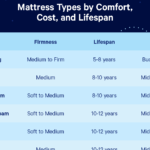
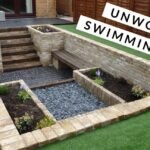
Leave a Reply